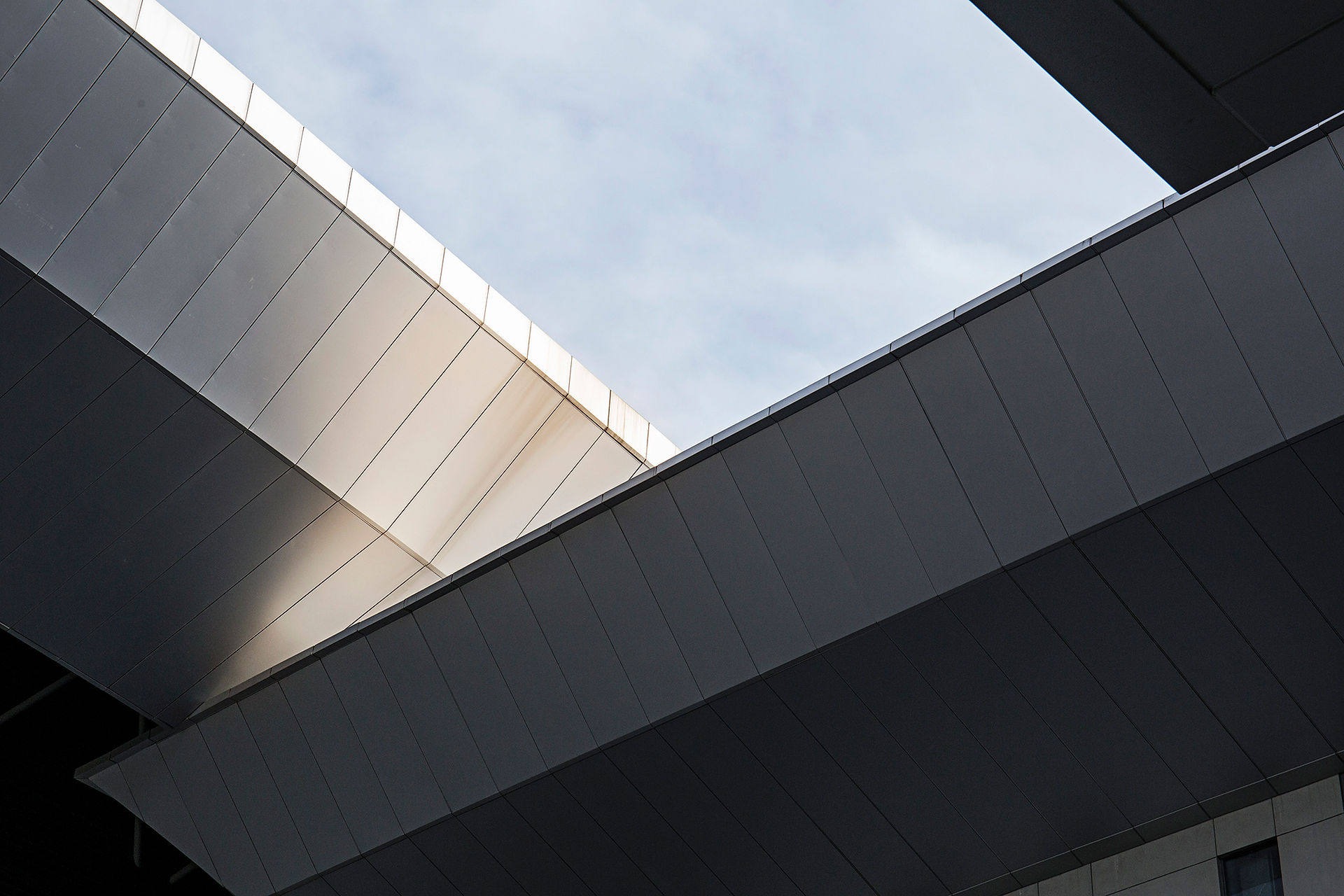
PROJECT 1: DISABILITY EXPERIENCE PAVILION
Project 1 is a group project (3 students per group). This project deals with the understanding of material poetics in relation to user experience. It is to showcase architectural design informed by material use, environmental sustainability awareness in relation to user needs and the activities involved. It is also to inculcate understanding of basic building construction; from how structural design is a construct of architectural spatial design, to the tactile quality of materials and how they are put together to achieve spatial and formal quality

SITE ANALYSIS & DESIGN RESPONSE
Site Analysis & Response establishes an understanding of the context for Project 2. Using the provided site data and information, as well as further information gained from site visit, students will identify the intangible qualities together with the physical inventory that shape the character of the site. In assigned tutorial groups students will identify the intangible qualities together with the physical inventory that shape the character of the site. As a conclusion of the Site Analysis, students will work with their tutorial group to reorganize the demarcated site area – the Wellness Zone - through the design of a Wellness Masterplan, which will serve as the base for their Project 2: Wellness Center PLUS.
PROJECT 2: Wellness Center PLUS
Furthering the thematic exploration of “engaging environment and community”, Project 2 calls for the
design of a Wellness Center PLUS within the Kepong Botanical Gardens, bordering the suburban
neighbourhood of Taman Ehsan. Students are required to provide full design proposals incorporating
findings from precedent studies and site analysis. Students will generate narratives that respond to the
environment and community as user group within the given context and explore environmental poetics
of building enclosure’s design solutions that reduce environmental impact utilizing various complex
typologies of spatial organisations and a variety of passive strategies for sustainable design. The design
should contribute to and merge harmoniously with environment and site and provide the best of spatial
experiences in fostering a sense of community.
This project took around one month plus of hard work and research to complete. Starting from the site analysis and design process. It wasn't easy because most of these were new but I was willing to learn. I learned that how we create our structure must match our surroundings so that we can create sustainable designs or designs that can be intergrated into nature. It is important that we adapt to the new way of designing buildings or structures because this pandemic has shaped our lived very differently. Not only that, after my presentation, I did receive a lot of critical feedback from the reviewers. I made a few mistakes but that's where I will learn from them and do better in the future since this is a learning process. Looking back from foundation and semester 3 of degree, I have made a lot of improvement in tidiness or drawings and also arrangement of presentation boards. I still have to improve more on design and read more architectural books. Not only that this was the first physical semester that I experienced and I am very excited for Semester 5. Overall, this was a fun semester and I look forward to our next semester to learn more new knowledge. The TCGP learned are Disipline Specific Knowledge and Communication Skills and Interpersonal Skills.
Conclusion




